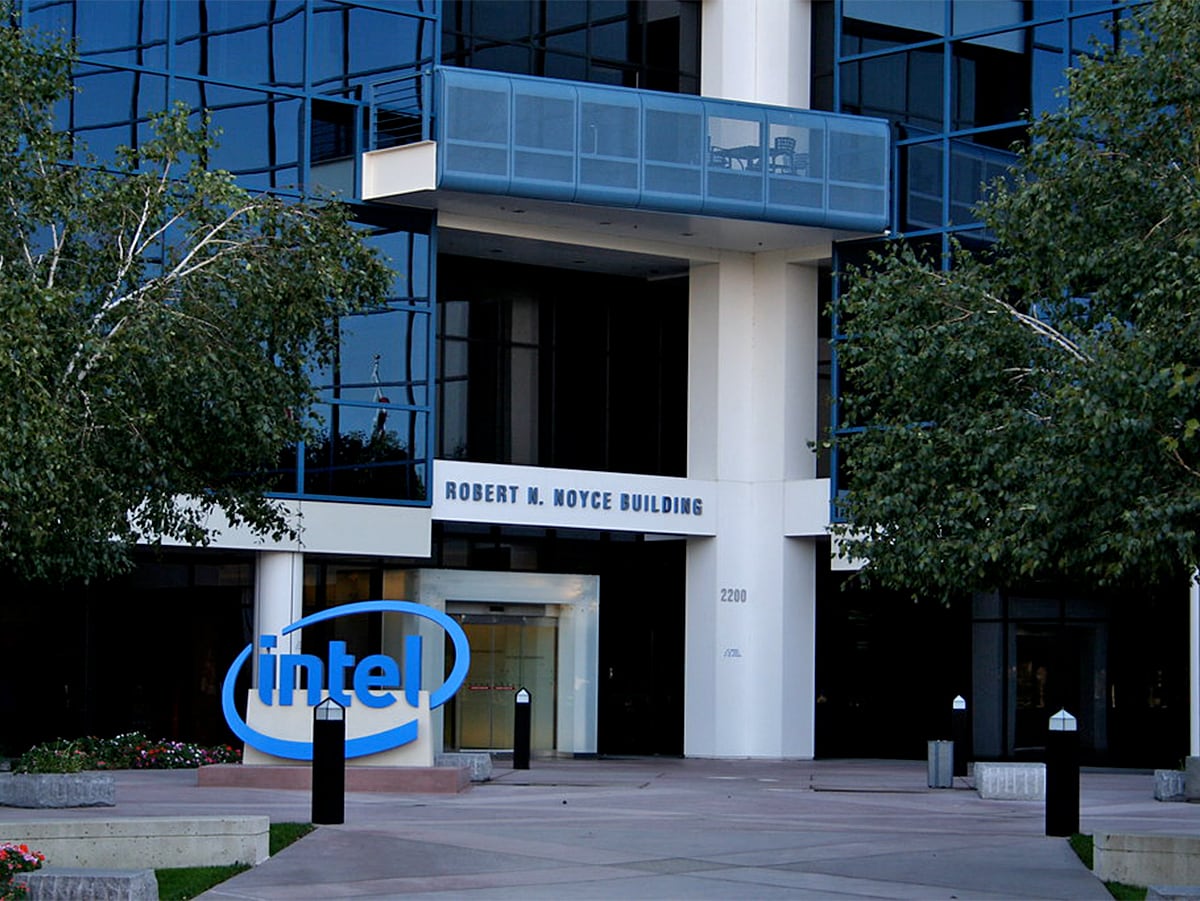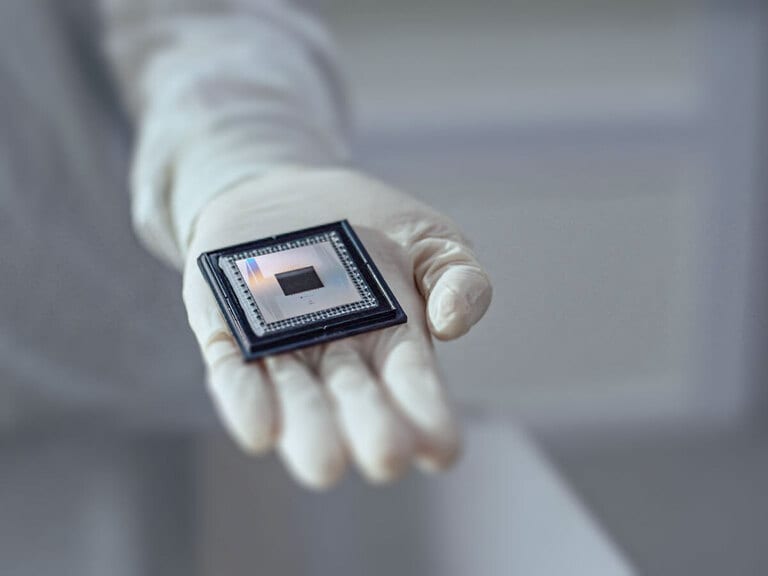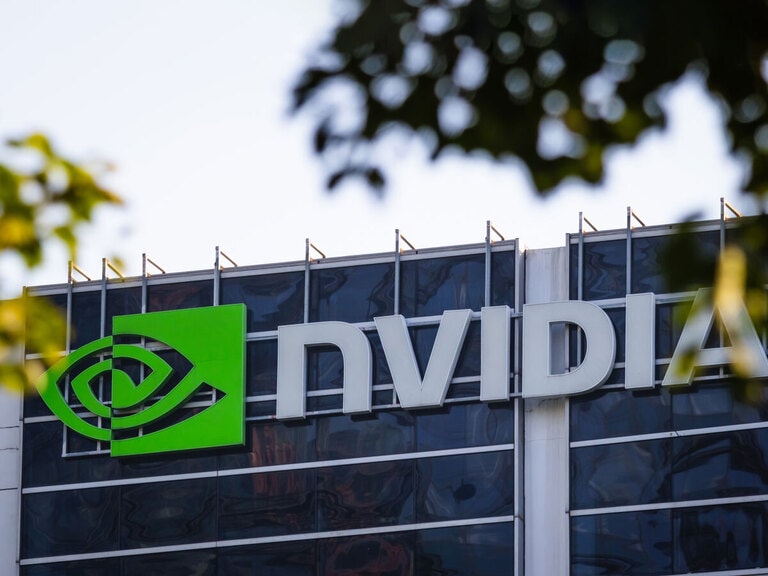The Intel share price [INTC] may be up 12.2% so far this year to $55.24 at the close of 20 July but it’s currently trading 19.3% down from its 52-week high of $68.49, which it set on 12 April. The Intel share price is, however, up 26.7% from its 52-week low of $43.61, which it recorded on 30 October.
The Intel share price has struggled for momentum since its Q1 2021 earnings call. This is partly due to delays to the production of server chips.
While the Intel share price has outpaced Advanced Micro Devices [AMD], which is down 6% year-to-date, it’s lagging behind Nvidia [NVDA]’s gain of 39%. The broader semiconductor market has also performed slightly better than the Intel share price, with the iShares Semiconductor ETF [SOXX] returning 14.3% in the year to date.
19.3%
Intel's share price fall from its 52-week high
Will the company’s upcoming earnings call, due 22 July, provide a boost to the Intel share price?
Dealing with market disappointment
In the three months to the end of March, Intel posted revenue of $19.67bn for $1.39 per share, surpassing the analyst forecast of $1.15 on $17.9bn in revenue. Despite what appears to be a clear and easy beat, the market reaction was negative.
For one, net income fell roughly 40% year on year, from $5.7bn to $3.4bn. Two, earnings per share were down from $1.45 for the year-ago quarter and $1.52 in the previous quarter. And three, revenue was down marginally from $19.83bn posted in Q1 2020. It meant that Q1 2021 was the third quarter in a row that Intel had reported declining year-over-year growth; the chipmaker has also only posted quarterly positive growths three times out of the last nine reports.
$3.4billion
Intel's Q1 net income - a 40% YoY fall
What will have also worried investors is sales for its data centre business were $5.56bn, versus a FactSet analyst consensus of $5.89bn. The segment was down around 20% from the $7bn reported in Q1 2020, meaning its share of total revenue fell from 35% to 28%.
As for Q1 2021, the guidance issued on the earnings call in April was weak. Management has forecast revenue to be $17.8bn, down from $19.73bn in Q2 2020, with earnings of $1.05 per share. According to Zacks Equity Research data, the analyst consensus is $1.06 on $17.73bn sales.
Facing the chip challenge
There could be short-term pain ahead for the Intel share price. Pat Gelsinger, CEO of Intel, says revenue growth is likely to be hit by the chip crunch, which hasn’t reached its bottom yet.
“I don’t expect the chip industry [will be] back to a healthy supply-demand situation until 2023 … For a variety of industries, I think it’s still getting worse before it gets better,” he was quoted saying in Bloomberg recently.
One way chipmakers are looking to mitigate the impact of the semiconductor shortage is by revamping their supply chains and expanding their manufacturing capacities.
“I don’t expect the chip industry [will be] back to a healthy supply-demand situation until 2023 … For a variety of industries, I think it’s still getting worse before it gets better” - Pat Gelsinger, CEO of Intel
Earlier this year, Intel announced it would be spending $20bn to build two chip plants in Arizona. It’s also pushing to be a major production partner for other chipmakers to rival the dominance in Asia, where the market is controlled by Taiwan Semiconductor Manufacturing Company [TSMC].
Then news broke of a potential $30bn acquisition of GlobalFoundries, as per a Wall Street Journal exclusive. The deal, however, have since been denied by Thomas Caulfield, CEO of GlobalFoundries, in an interview with CNBC.
Reaction from analysts following the news, seen by MarketWatch, was mixed.
Aaron Rakers, analyst at Wells Fargo, has a $70 target for the Intel share price, an upside of 26.7% from its 20 July closing price. However, he’s concerned that, “while taking on [GlobalFoundries] capacity would enable Intel to accelerate their foundry strategy, we think such a move would leave investors to question Intel’s move for capacity footprint versus the ability to utilise [GlobalFoundries] for leading-edge process node capabilities."
Bernstein analyst Stacy Rasgon is firmly in the bear camp, with a target of $43 for the Intel share price — a fall of 22.2% from its current level. In a note to clients, Rasgon pointed out GlobalFoundries “has stopped leading-edge manufacturing and can do nothing to help Intel’s woes on this front”.
Baird’s Tristan Gerra has an $85 target for the Intel share price and said a deal “would be strategic and offer a great fit”.
There are several ETFs focusing on the semiconductor space following Intel, for example, the VanEck Vectors Semiconductor [SMH]. The fund, which has Intel as a top holding with a weighting of 4.90%, has a year-to-day daily total return of 12.98% as of 21 July.
Continue reading for FREE
- Includes free newsletter updates, unsubscribe anytime. Privacy policy





